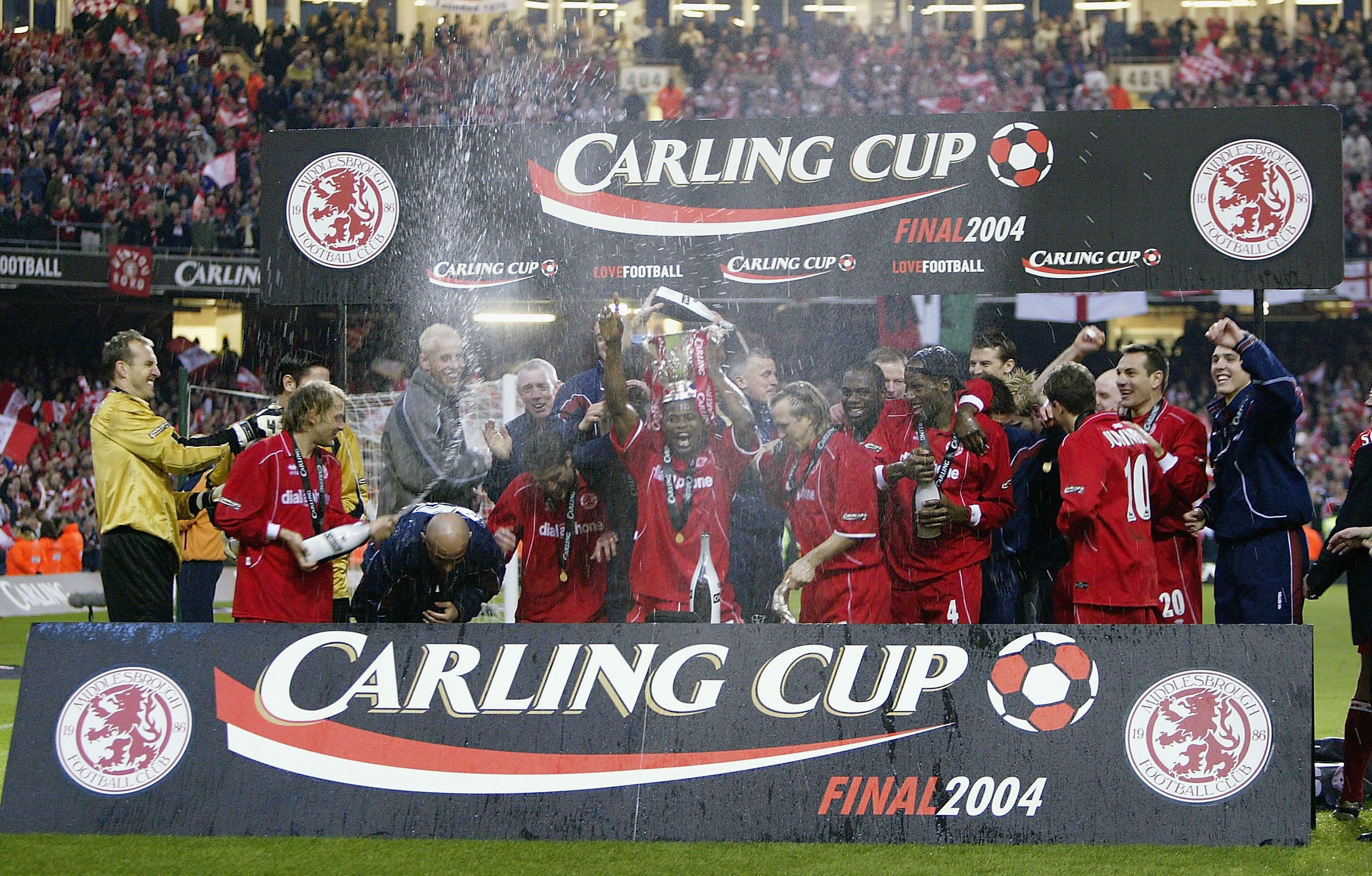There's always one... and it's usually Hearts
One of the many things we do for you, gentle reader, is to wade through magnificently dull press releases in search of nuggets, like truffle pigs of the truth.
So when an email arrived with a small electronic 'ping' from Pricewaterhouse Coopers LLC, we diligently read it, while consulting a Very Big Book of Things Financial.
Turns out that Scottish football is doing rather well these days.
Eagle-eyed readers of our magazine will well remember that in last month's issue (August, the one with the Union Jack cover) we explained how things have been improving since the apparently hopeless nadir of the Berti Vogts era forced Scottish football into the naughty corner for a long hard look at itself. And now, here come calculator-wielding wonks from Pricewateretc to tell us, in their snappily-titled 19th Review Of Scottish Football Finances, that the pennies and pounds are starting to stack up rather attractively.
WAGES UP, PROFITS UP. EH?!
Four years ago, Scottish football wasn't far off standing on street corners waving a tin under the noses of strangers. More than half of the clubs were technically insolvent, with debt totalling ã186m. Since then, sense has returned: the overpaid foreigners have been weeded out and kept out, with clubs preferring to use young local talent. Funnily enough, the national teams have started doing better.
Cannily exploiting alternative revenue streams - bear with us - like using stadiums for corporate or hospitality events helped turnover increase by 3% in 2006/07 (the latest figures, released on Wednesday) to ã175m. And after posting a combined loss of ã9.4m in 2005/06, the clubs have now made a profit of ã3m.
The best features, fun and footballing quizzes, straight to your inbox every week.
You don't have to crack out the abacus to understand that one. It's even more impressive when you consider that the total wage bill increased by 7%, to a pleasingly round ã100m, more than half of which is paid out by the two Glasgow giants.
EXPORT PLAYERS, IMPORT MONEY
The clubs can afford to pay more, though, because they're displaying what Raith Rovers fan Gordon Brown would describe as fiscal prudence. Not only have they got debt down to manageable levels without even calling one of those consolidated-loan companies, they've also got back to doing what Scotland has for so long excelled at: the export business. Scottish clubs made an ã18.8m profit in the transfer market last season, up from ã4m.
True, almost half of this related to the sale of five players by Celtic â the healthiest club financially, with a Champions League-boosted ã15m profit on ã75m turnover â but much of this money was in turn drip-fed down through the leagues.
Selling Stilian Petrov to Aston Villa for ã6.5m allowed Gordon Strachan to buy Paul Hartley and Scott Brown from Hearts and Hibs, and while their fans may not like selling players to Parkhead, the money was handy for buying lower-league players - while more talented kids got a regular chance to shine. Which is nice, especially when they then improve the national team.
REWARDS AND AWARDS
So a hearty well done to clubs displaying a financial acumen utterly lost on the debt-laden giants south of the border. Especially big props to Falkirk and Inverness, now debt-free; pats on the back to St Mirren for their 48% rise in attendances, part of a national 3% boost at the gates, and 74% increase in turnover (topped only by cup finalists Dunfermline's 77%).
But that said, there's always one. And in Scotland these days, it's usually Hearts. It's accepted business practice that wages shouldn't be more than 55% of turnover - indeed, the (English) Football League clubs are admonished if they exceed set totals.
Under the amusingly bonkers guidance of the Romanovs, Hearts made ã10.3m income last year... and paid out ã12.5m in wages. At least these days, though, they're the exception.
